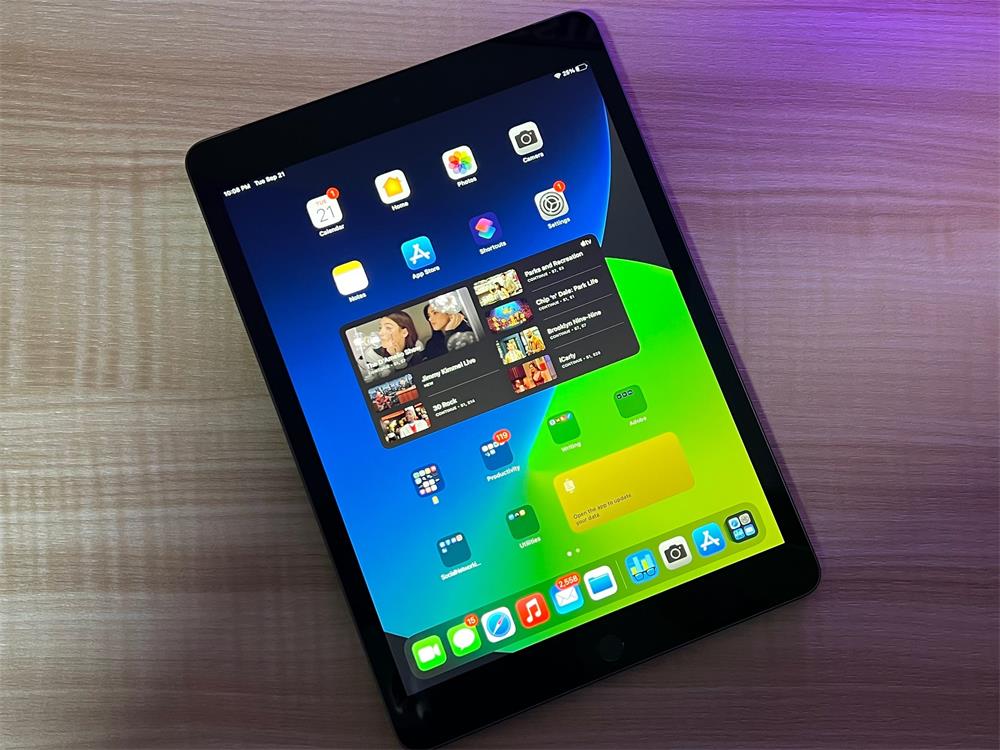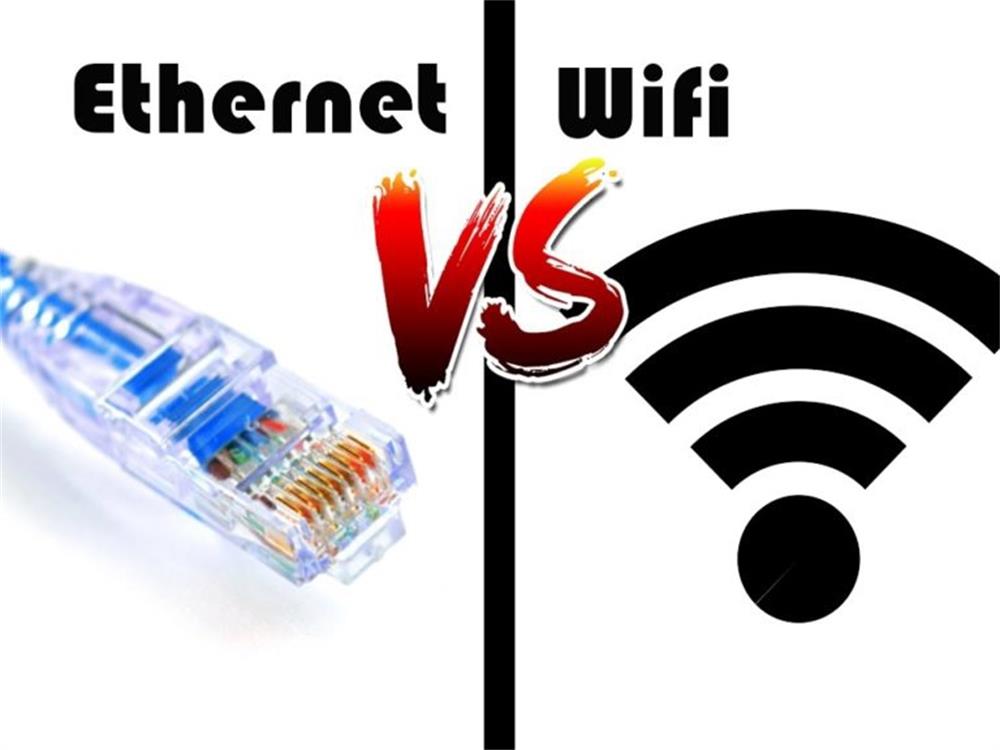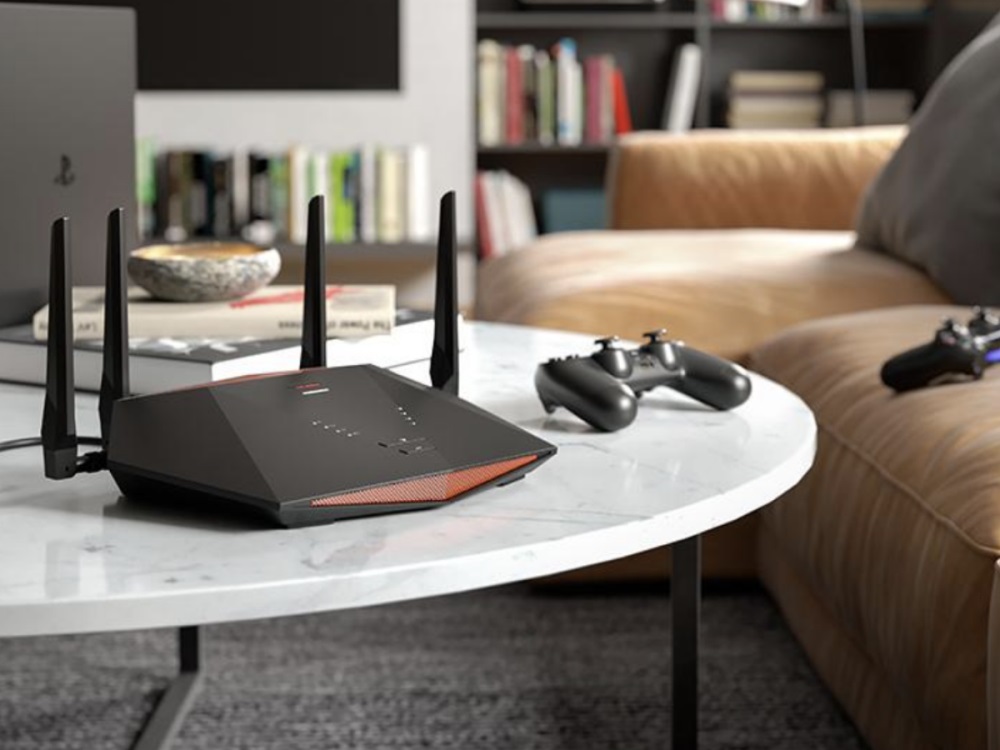If you are looking for the best way to connect your devices to the internet at home, you might be wondering whether you should use Ethernet or Wi-Fi. Both technologies have their pros and cons, and the best choice depends on your needs and preferences. Here are some factors to consider when comparing Ethernet and Wi-Fi for your home network.
Speed
One of the main advantages of Ethernet over Wi-Fi is speed. Ethernet can provide faster and more consistent data transfer rates than Wi-Fi, especially for high-bandwidth applications such as streaming video, gaming, or file sharing. According to History-Computer, Ethernet can deliver speeds up to 10 Gbps, while Wi-Fi typically ranges from 54 Mbps to 1.3 Gbps, depending on the standard and the router.
Wi-Fi is also more prone to signal interference and congestion from other nearby devices and networks, which can affect its performance and stability. Ethernet, on the other hand, uses a dedicated cable that isolates the data from external noise and interference.
Mobility
One of the main advantages of Wi-Fi over Ethernet is mobility. Wi-Fi allows you to connect multiple devices wirelessly without being tethered to a cable or a specific location. This gives you more flexibility and convenience to access the internet from anywhere in your home, as long as you are within the range of your router.
Ethernet, on the other hand, requires you to plug in a cable to each device you want to connect, which limits your mobility and portability. You also need to have enough ports on your router or switch to accommodate all your devices, or use additional hardware such as hubs or splitters.
Reliability
Another factor to consider when comparing Ethernet and Wi-Fi is reliability. Ethernet is generally more reliable than Wi-Fi, as it provides a direct and secure connection between your device and the router. Ethernet also has lower latency (or ping) than Wi-Fi, which means less delay and lag in data transmission. This can make a difference for applications that require real-time responsiveness, such as online gaming or video conferencing.
Wi-Fi, on the other hand, is more susceptible to reliability issues due to signal interference, distance, obstacles, and other environmental factors. Wi-Fi also has a higher latency than Ethernet, which can affect the quality of your online experience.
Aesthetics
Another factor to consider when comparing Ethernet and Wi-Fi is aesthetics. Wi-Fi has an advantage over Ethernet in terms of aesthetics, as it does not require any visible cables or wires running around your home. Wi-Fi also allows you to use devices that do not have an Ethernet port, such as smartphones, tablets, or smart TVs.
Ethernet, on the other hand, can create a cluttered and messy look in your home, especially if you have multiple devices connected with long cables. Ethernet also limits your device choices, as you need to have an Ethernet port or an adapter to use it.
Security
Another factor to consider when comparing Ethernet and Wi-Fi is security. Ethernet is generally more secure than Wi-Fi, as it provides a physical connection that is harder to intercept or hack. Ethernet also does not require any data encryption, as the data is already protected by the cable.
Wi-Fi, on the other hand, is more vulnerable to security risks due to its wireless nature. Wi-Fi requires data encryption to prevent unauthorized access or eavesdropping on your network. However, encryption can be compromised if you use weak passwords or outdated protocols. You also need to be careful about connecting to public or unsecured Wi-Fi networks, as they can expose your data to hackers or malware.
Conclusion
In conclusion, there is no definitive answer to whether Ethernet or Wi-Fi is better for your home network. Both technologies have their pros and cons, and the best choice depends on your needs and preferences. Here are some general guidelines to help you decide:
- Use Ethernet if you prioritize speed, reliability, and security over mobility and aesthetics.
- Use Wi-Fi if you prioritize mobility and aesthetics over speed, reliability, and security.
- Use both if you want to enjoy the benefits of both technologies and have a hybrid network that suits different scenarios.









